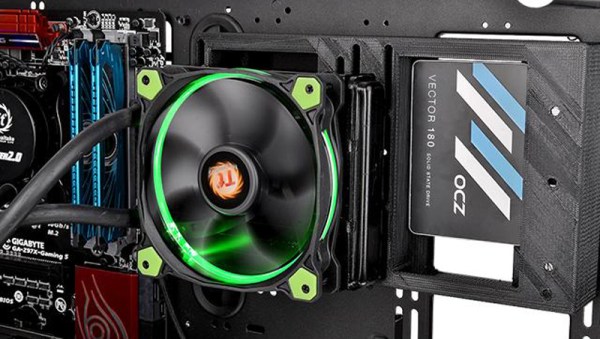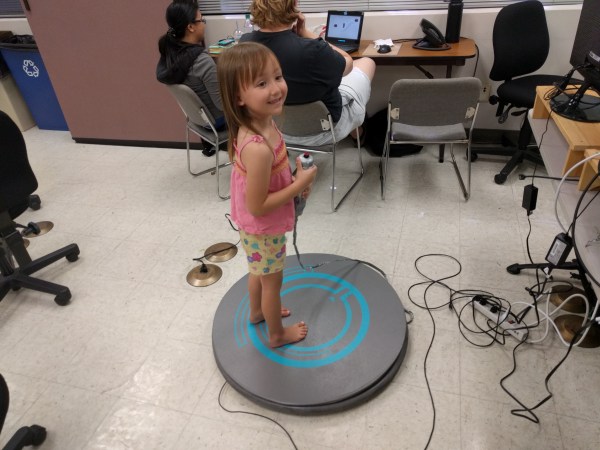Most people use the Super Mario Maker to, well, create Super Mario game levels. [Robin T] decided to try something a little different: building a working calculator. Several hundred hours later, he created the Cluttered Chaos Calculator, which definitely lives up to the name. What this Super Mario level contains is a 3-bit digital computer which can add two numbers between 0 and 7, all built from the various parts that the game offers. To use it, the player enters two numbers by jumping up in a grid, then they sit back and enjoy the ride as Mario is carried through the process, until it finally spits out the answer in a segment display.
It’s not going to be winning any supercomputer prizes, as it takes about two minutes to add the two digits. But it is still an incredibly impressive build, and shows what a dedicated hacker can do with a few simple tools and a spiny shell or two.
Continue reading “Calculator Built In Super Mario Level. Mamma Mia!”






 He found a cheap replacement fingerprint scanner on hacker’s heaven, also known as eBay. It had four wires attached to a 16 pin connector. Investigation on the scanner end showed the outer pair were power and ground which made [Serge] suspect it was a USB device. Wiring up a USB connector and trying it the device was recognized but with a lot of errors. He swapped the signal lines and everything was perfect. He had sudo at his finger tip.
He found a cheap replacement fingerprint scanner on hacker’s heaven, also known as eBay. It had four wires attached to a 16 pin connector. Investigation on the scanner end showed the outer pair were power and ground which made [Serge] suspect it was a USB device. Wiring up a USB connector and trying it the device was recognized but with a lot of errors. He swapped the signal lines and everything was perfect. He had sudo at his finger tip.










